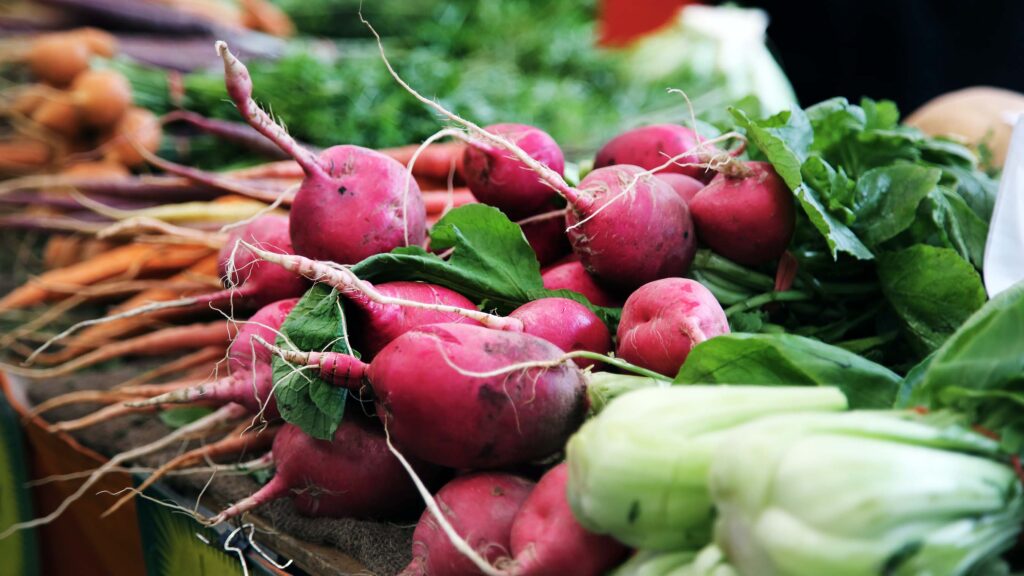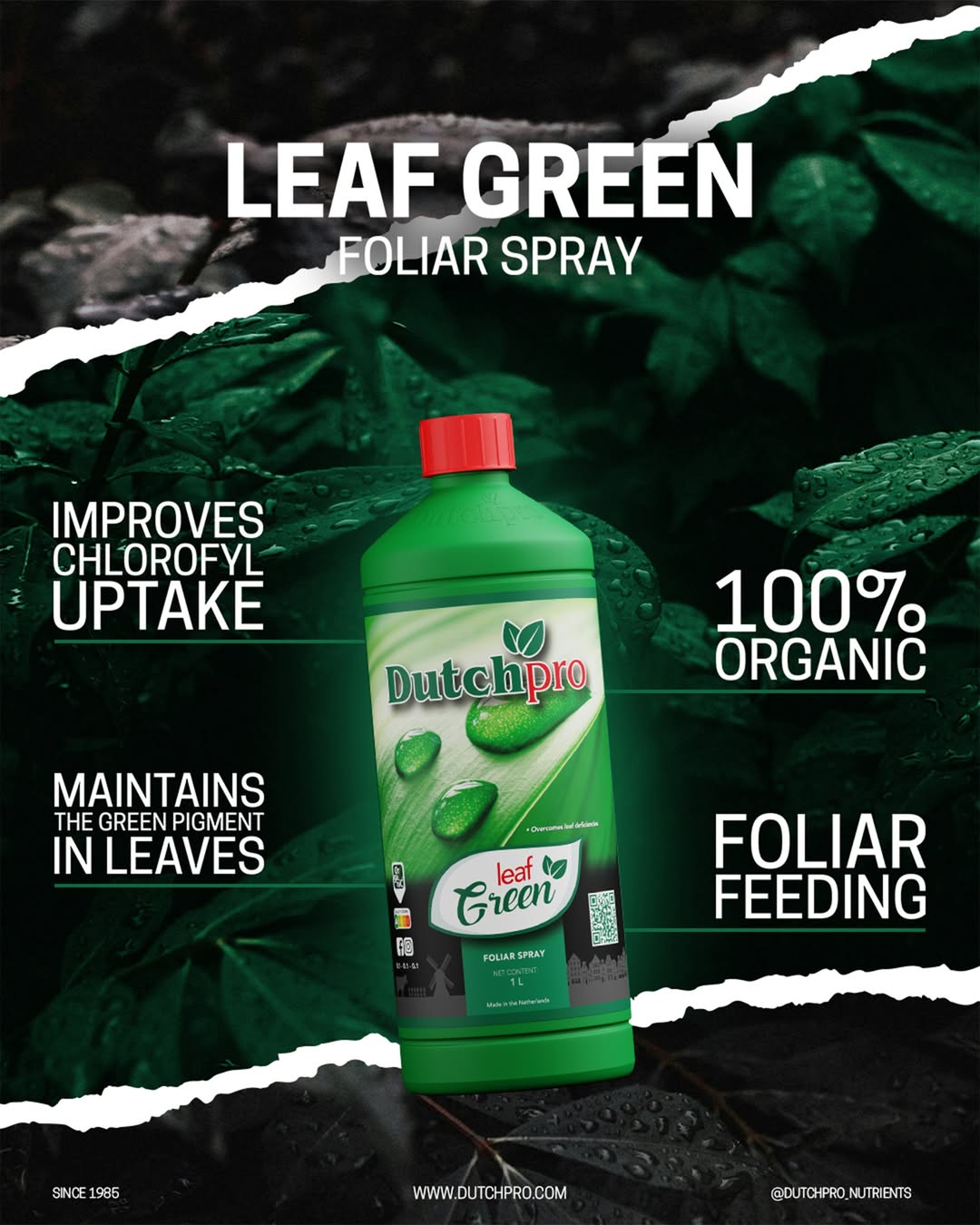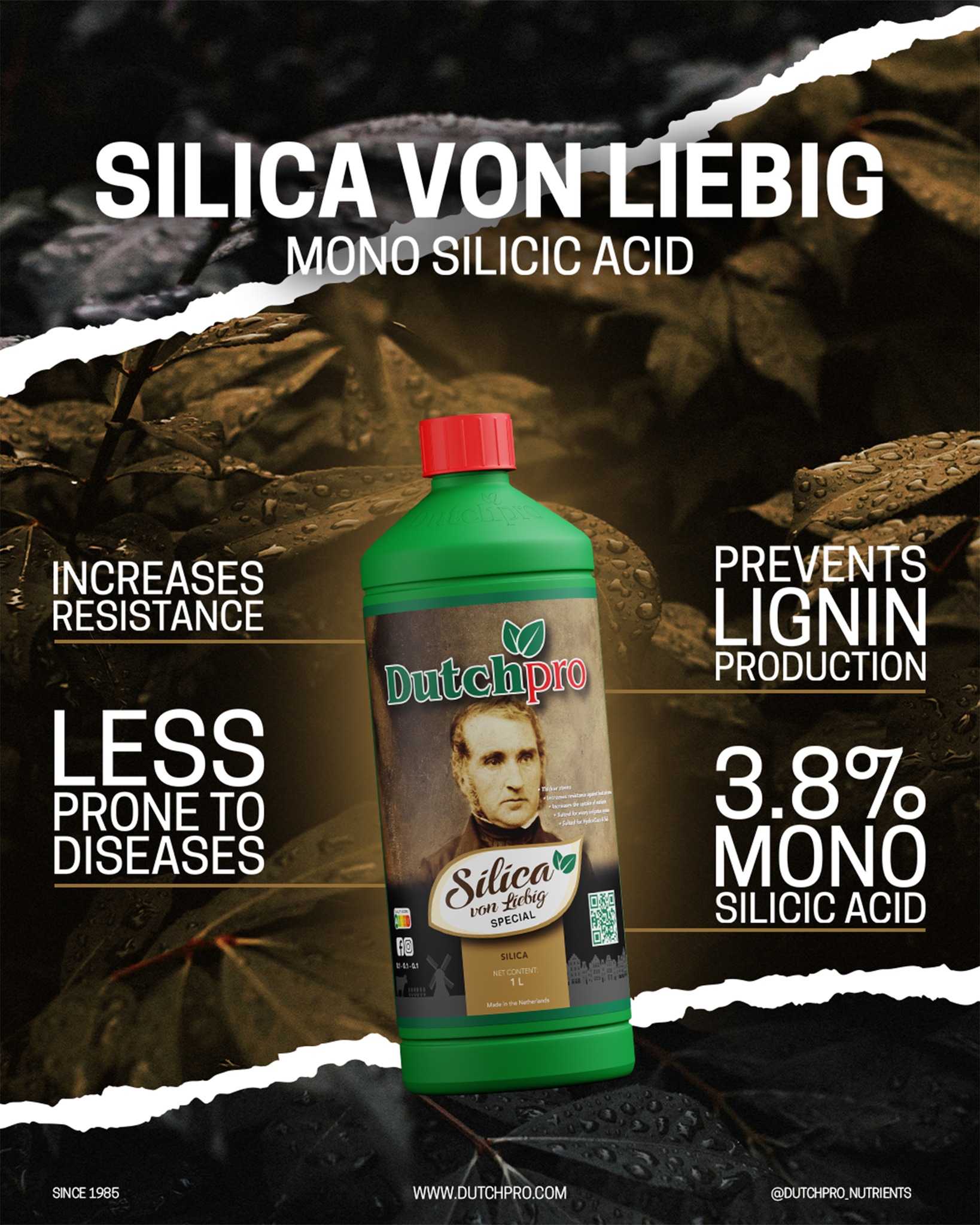Planting crops at the right time is critical for successful crop growth and yield. If a crop is planted too early or too late, it may not have the proper conditions to grow and mature, leading to reduced yield or even crop failure. Timing is also essential for crop rotation, avoiding pests, and making best use of seasonal variations such as monsoon, etc.
In this article we will provide you with all the information you need about growing crops at the right time. This is the Ultimate Guide about Grow crops at the right time.
- General information
- Different starting points of crops
- Importance of starting right
- What to grow in
- Indoor growing
2. Different starting points of crops
There are several different types of starting points that can be used when growing crops, each with its own unique advantages and disadvantages. The most common types of starting points include seeds, seedlings, and transplants.
Seeds are the most basic starting point for growing crops. They are small, inexpensive, and easy to handle, and can be planted directly into the ground or in seed trays. The main disadvantage of using seeds is that they can take longer to germinate and establish themselves, and they are more prone to failure due to pests, disease, or adverse weather conditions.
Seedlings, also called sprouts, are another common starting point for growing crops. They are small plants that have been germinated from seed and then grown in a controlled environment. They offer the advantage of being able to start the plants earlier in the season, as well as a higher success rate compared to seeds as they are less exposed to harsh weather conditions. However, they are typically more expensive than seeds and need to be transplanted into the ground.
Transplants are mature plants that have been grown in a nursery or greenhouse. They are typically used for crops that take a long time to mature, such as tomatoes, peppers, or eggplants. Transplants have the advantage of being able to produce a harvest sooner than seed-grown crops, and they have a higher success rate as they are already established and strong. However, they are often more expensive than seeds and seedlings, and they can be more susceptible to transplant shock.
In addition to these traditional starting points, some farmers also use tissue culture or micropropagation to produce new plants. This method involves taking small plant samples, growing them in a lab, and then transplanting them once they are mature. This method is often used for hard-to-grow or rare plants, it is a more controlled, efficient and precise process but it is expensive.

3. Importance of starting right
Planting crops at the right time is an essential aspect of successful farming and agricultural production. This is because different crops have specific requirements for germination and growth, and these requirements are affected by factors such as temperature, rainfall, and sunlight. Planting at the optimal time can lead to better crop yields, higher quality produce, and more efficient use of resources.
For example, planting warm-season crops like corn or tomatoes in cooler temperatures can lead to slower germination and growth, as well as reduced yield and quality. Similarly, planting cool-season crops like broccoli or kale in hot temperatures can cause them to bolt (go to seed prematurely) and result in a less desirable product.
In addition to weather conditions, planting at the right time also helps farmers to optimize crop rotation, avoid pests and disease, and make the most of seasonal variations such as monsoons. For example, planting a crop that is resistant to pests at the right time of year can help to reduce the need for pesticides, while planting at the right time to take advantage of monsoons can help to ensure that the crops receive enough water to grow.
Another important factor to consider is the daylength, many crops have a photoperiod sensitivity, meaning they need a certain amount of hours of daylight to flower or develop fruit, This must be taken into account when planting.
4. What to grow in
We are working on a new project where we explain to growers what to grow every month. Ofcourse this guide will be general. It depends on other conditions such as warmth in your area and other weather conditions
You can check and we will update the following list every month
What to plant in list :
*
*
*
5. Indoor growing
Indoor growing provides the grower with the benefit of growing crops all year around. This is due to the fact that when growing indoors, you can mimic any type of grow conditions and adjust factors such as light, water, and air conditions.
The downside of this is that it’s generally more expensive to use the indoor growing technique.






